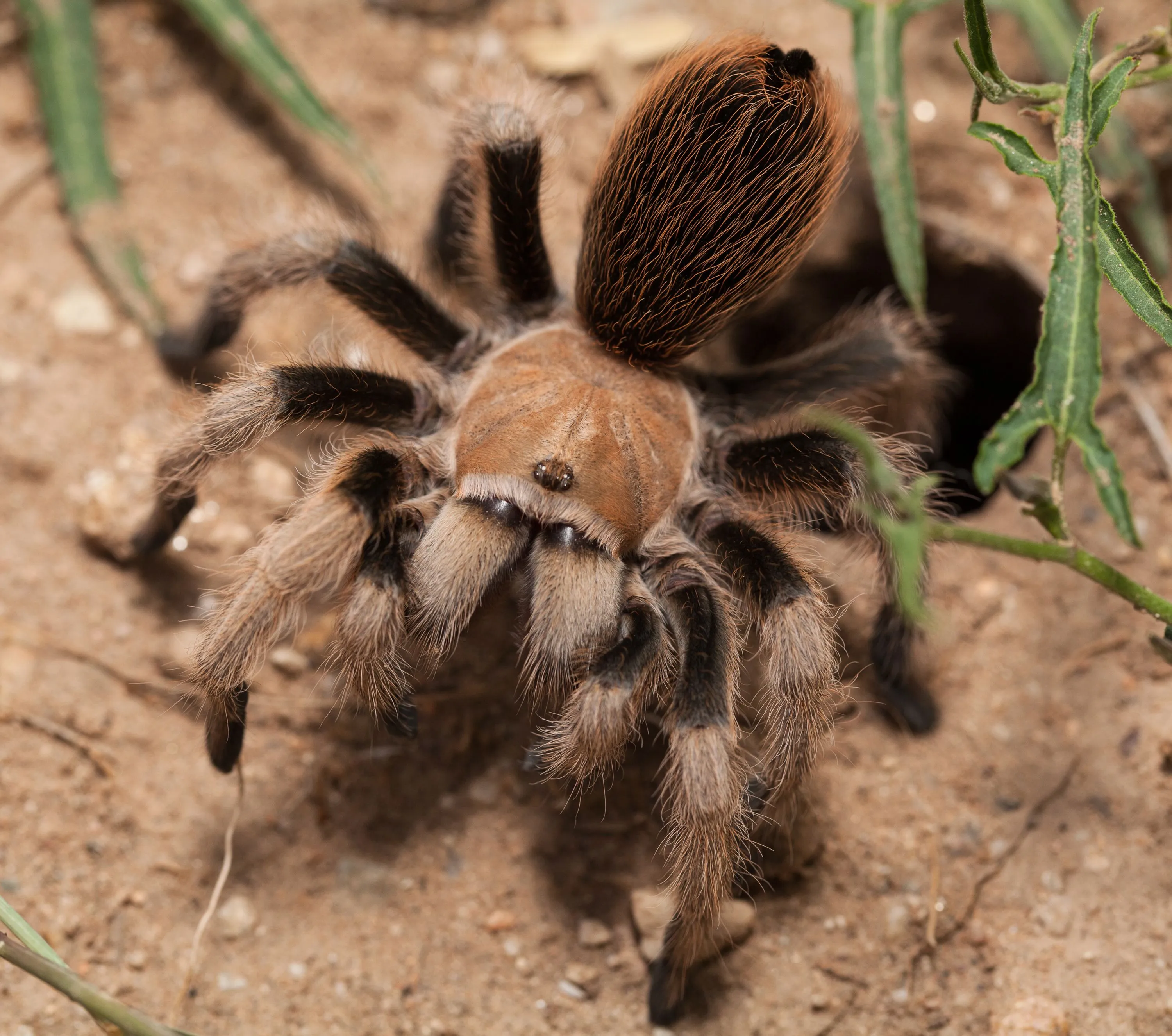Considering a tarantula as a pet can be an exciting prospect for animal lovers seeking something unique. These fascinating arachnids offer a glimpse into a world of intricate behaviors and remarkable adaptations. But before you welcome one into your home, it’s essential to understand the key facts about these creatures. This guide will delve into the most amazing facts about tarantulas as pets, helping you decide if a tarantula is the right pet for you and how to care for it properly. From their diverse species to their surprisingly low-maintenance needs, prepare to be amazed by the world of tarantulas.
Top 5 Amazing Facts about Tarantulas as Pets
Tarantulas are captivating pets, and understanding their unique characteristics can enhance the experience of keeping them. Here are five amazing facts that make tarantulas such interesting creatures:
- Tarantulas come in a stunning array of colors and sizes, with some species exhibiting vibrant hues, and others being surprisingly large.
- They are relatively low-maintenance pets, requiring less attention than many other exotic animals.
- Tarantulas can live for a surprisingly long time, with some species living for over 20 years.
- They possess unique defensive mechanisms, such as urticating hairs, which add to their mystique.
- Watching a tarantula molt is a truly incredible experience, showcasing their growth and transformation.
Tarantula’s Diverse Species
One of the most remarkable facts about tarantulas is the incredible diversity among different species. Each species possesses its unique characteristics, from size and color to behavior and temperament. This variety allows potential owners to choose a tarantula that best suits their preferences and experience level. Some species are known for their docile nature, making them suitable for beginners, while others are more challenging and require advanced care. Understanding the diversity of tarantulas is crucial for providing appropriate care and ensuring the well-being of your pet.
Popular Tarantula Species
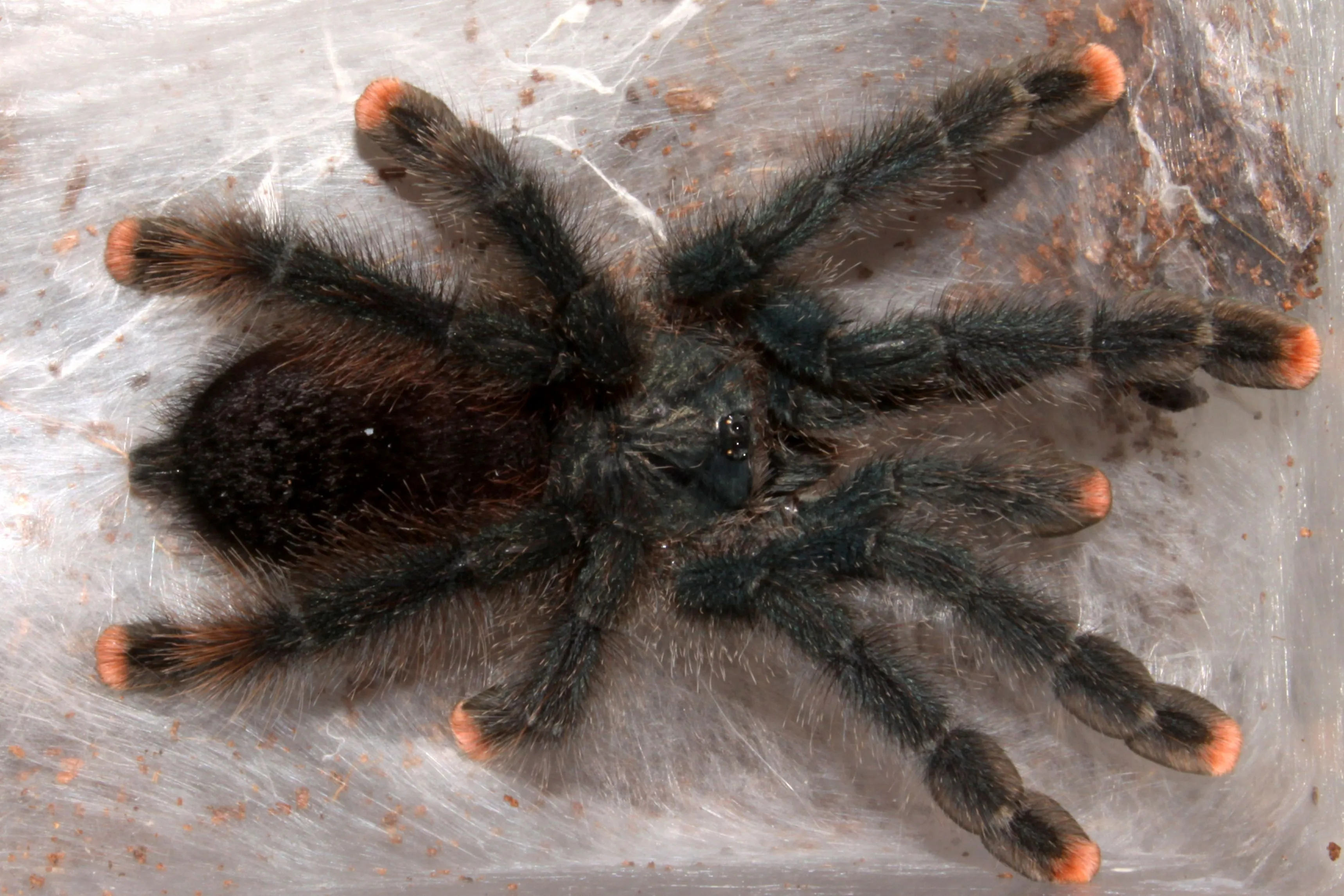
Several tarantula species are popular choices for pet owners due to their manageable care requirements and captivating appearances. The Chilean rose hair tarantula is one of the most commonly kept species, known for its gentle disposition and beautiful coloration. The Mexican red knee tarantula is another favorite, recognized for its striking red and black markings. Other popular choices include the Brazilian black tarantula and the Costa Rican zebra tarantula, each with its distinct charm and personality. Researching the specific needs of each species is vital before acquiring a tarantula.
Unique Characteristics of Each Species
Each tarantula species presents unique traits, influencing their care and interaction with owners. For instance, the Gooty sapphire ornamental tarantula showcases striking blue coloration and is relatively fast-moving. Conversely, the pinktoe tarantula is arboreal, meaning it spends most of its time in trees and requires a tall enclosure. The size of the tarantula also varies greatly, with some species reaching impressive sizes, while others remain relatively small. Their temperament also differs, with some species being more docile and others more defensive. Researching these specifics is essential to create a comfortable and safe environment.
Tarantulas are Relatively Low-Maintenance
One of the most appealing aspects of owning a tarantula is their relatively low-maintenance nature compared to other pets. While they require specific environmental conditions, their daily care is straightforward, making them suitable for individuals with busy lifestyles. Unlike dogs or cats, tarantulas do not need daily walks or constant attention. This simplicity allows owners to enjoy the unique experience of caring for these fascinating creatures without demanding too much time. However, this doesn’t mean they can be neglected; regular observation and care are still crucial.
Housing Requirements

Setting up a proper enclosure is fundamental to a tarantula’s well-being. The enclosure size depends on the species and size of the tarantula, but a general rule is to provide enough space for the spider to move around comfortably. The enclosure should be escape-proof, with a secure lid and appropriate ventilation. Substrate is essential and should be a mix of materials to mimic the spider’s natural habitat. Hides such as cork bark or artificial plants provide a place for the tarantula to feel secure. A water dish with fresh water is also a necessity.
Temperature and Humidity
Maintaining the correct temperature and humidity levels is crucial for a tarantula’s health. Most tarantula species thrive in temperatures between 75-85°F (24-29°C). A thermometer is essential to monitor the temperature within the enclosure. Humidity requirements vary depending on the species, with some species requiring higher humidity levels than others. Misting the enclosure regularly or providing a water dish can help maintain the appropriate humidity. A hygrometer can be used to measure humidity levels. Proper temperature and humidity help in the molting process and prevent health problems.
Substrate and Enclosure Setup
The substrate in a tarantula’s enclosure serves multiple purposes, including providing a comfortable environment, aiding in humidity control, and offering a surface for the spider to burrow or hide. Common substrate choices include coco fiber, peat moss, and vermiculite. The substrate layer should be deep enough to allow the tarantula to burrow if it’s a burrowing species. Adding hides such as cork bark, artificial plants, or half-logs provides a sense of security. Ensure the enclosure is kept clean, removing any uneaten food and waste regularly to prevent mold and bacterial growth. A well-designed enclosure will significantly impact your tarantula’s well-being and happiness.
Feeding Your Tarantula
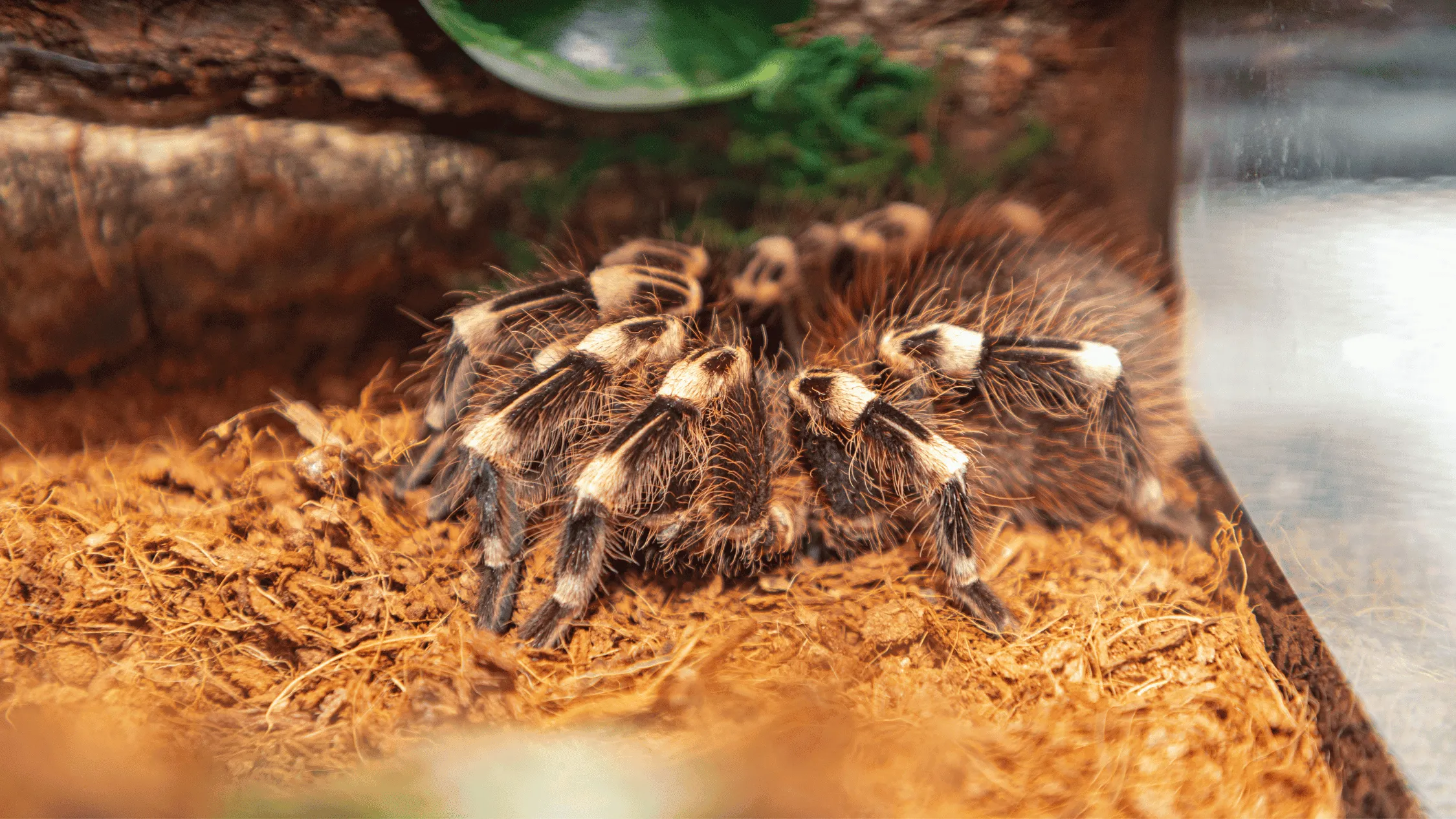
Feeding is an essential aspect of caring for a tarantula, directly impacting its health and longevity. While tarantulas do not require constant feeding, they must receive a balanced diet to thrive. Understanding what to feed and how often is key to ensuring your tarantula remains healthy and active. The type of food and feeding frequency will change depending on the tarantula’s age, species, and size. Here is an overview of the basics of feeding your tarantula.
What to Feed
The primary diet of a tarantula consists of insects. Crickets, mealworms, and roaches are common choices, readily available from pet stores. The size of the prey should correspond to the size of the tarantula, with smaller tarantulas needing smaller insects. Gut-loading the insects before feeding them to your tarantula is an excellent practice, which involves feeding the insects nutritious food for 24 hours before offering them to your pet. This ensures your tarantula gets the vitamins and minerals it needs. Occasionally, tarantulas can be given pre-killed pinky mice, though this is more common for larger species.
Feeding Frequency
The feeding frequency for tarantulas depends on their age and growth stage. Spiderlings, or young tarantulas, require more frequent feeding, usually two to three times a week. As tarantulas mature, the feeding frequency can be reduced. Adult tarantulas can typically be fed once a week or every other week. It’s essential to observe your tarantula’s appetite; if it refuses to eat, it might be preparing to molt or have other issues. Always remove uneaten food within 24 hours to maintain a clean enclosure.
Understanding Tarantula Behavior
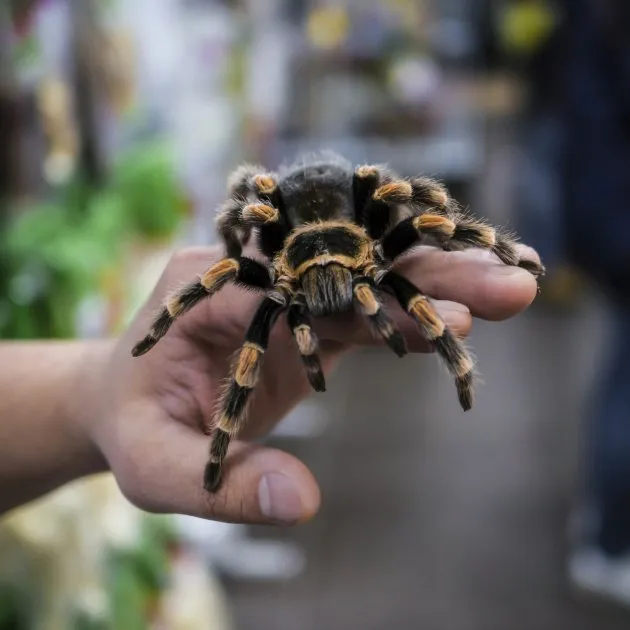
Understanding the behavior of tarantulas is key to providing proper care and creating a safe and enriching environment. Tarantulas exhibit a range of behaviors, from hunting strategies to defensive mechanisms. Recognizing these behaviors can help owners understand their pet’s needs and anticipate their actions. This knowledge is crucial for handling the tarantula and minimizing the risk of bites or other unwanted interactions. Understanding the different behaviors also enriches the ownership experience, allowing for a deeper appreciation of these magnificent creatures.
Defensive Behaviors and Venom
Tarantulas employ several defensive mechanisms to protect themselves from perceived threats. These include rearing up, displaying fangs, and flicking urticating hairs (tiny, irritating hairs on their abdomen) toward predators. While tarantula venom is generally not lethal to humans, a bite can be painful and cause localized symptoms. Understanding these defense strategies is vital for safe handling. Always approach a tarantula with respect and avoid sudden movements. Research your tarantula’s species to understand its defensive behaviors.
Molting Process
Molting is a fascinating and essential process for tarantulas, where they shed their exoskeleton to grow. The molting process can take several hours or even days, during which the tarantula is vulnerable. It’s critical not to disturb a tarantula while it’s molting. The signs of an impending molt include a change in the spider’s appearance, such as a darkening abdomen or lethargy. After molting, the tarantula’s new exoskeleton is initially soft, and it needs time to harden. Providing a stable environment with adequate humidity is essential during the molting process.
Lifespan and Care Expectations
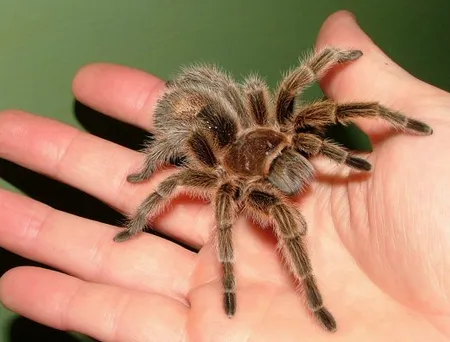
One of the most appealing aspects of owning a tarantula is their relatively long lifespan compared to many other pets. Depending on the species, tarantulas can live for several years, with some females living for over 20 years. This longevity requires a commitment to providing appropriate care throughout their life. Knowing the lifespan and long-term care expectations is crucial before acquiring a tarantula to ensure you can provide the necessary support for the duration of its life.
Average Lifespan of Tarantulas
The lifespan of a tarantula varies significantly depending on the species and gender. In general, female tarantulas tend to live longer than males. Some popular pet species like the Chilean rose hair tarantula can live for 10-20 years, with females living the longest. Other species, such as the Mexican red knee, can have a similar lifespan. Some of the larger, more exotic species may have even longer lifespans. Understanding the lifespan of your tarantula is crucial for long-term care planning and preparing yourself for the commitment.
Long-term Care and Considerations
Caring for a tarantula long-term involves several considerations beyond basic housing and feeding. Regularly monitoring the enclosure for proper temperature, humidity, and cleanliness is essential. Providing enrichment activities such as rearranging the enclosure or offering new items can help to stimulate your tarantula’s mind. Veterinary care for tarantulas is specialized, and finding a veterinarian experienced in exotic animals is advisable. Remember that tarantulas require a consistent environment and care to live a long, healthy life, so proper planning and a proactive approach will ensure your pet thrives.
In conclusion, keeping a tarantula as a pet can be a rewarding experience for those who appreciate these unique creatures. From understanding their diverse species and low-maintenance care requirements to their fascinating behaviors and long lifespans, tarantulas offer a captivating alternative to more conventional pets. By providing the right environment, proper feeding, and respectful handling, you can enjoy the companionship of a tarantula while admiring the marvels of nature. Always remember to research your species, provide appropriate care, and enjoy the amazing journey of owning a tarantula.
